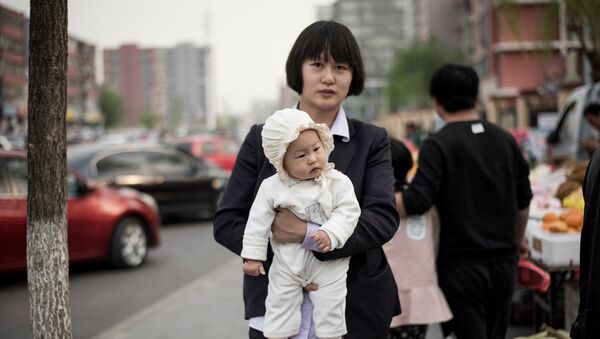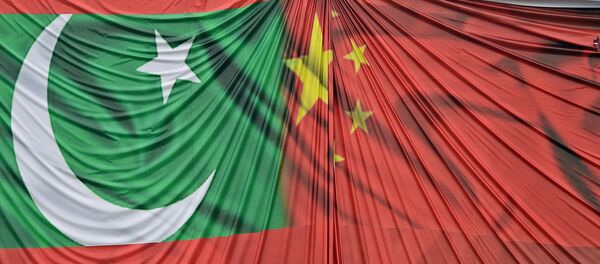According to a recent report by the Chinese National Health and Family Planning Commission, China's net population growth for the first eight months of 2018 was only 4.1 million, compared to India's 14 million during the same time period. India's total population of 1.336 billion as of September 9, 2018, may slowly catch up to China's 1.339 billion, according to top demographers, Asia Times reported Tuesday.
Facing a serious demographic problem of a shrinking workforce and an aging population, authorities in Beijing relaxed the country's controversial "one-child" policy in 2016, allowing couples to have two children.
The one-child policy was first introduced to the Chinese public in the late 1970s, amid concerns that a booming population would overwhelm the country's economy and geography.
However, the relaxation of the policy has failed to jumpstart population growth. Last year, about 17 million babies were born in China, which is less than the 20 million births needed to offset the nation's aging population, according to Asia Times. While some people are simply not interested in having children, others don't want the financial burden.
On Sunday, China's health commission also announced that it was getting rid of three offices that were previously focused on family planning, an indication that Beijing may be reducing additional restrictions on childbirth.
A new office responsible for "population monitoring and family development" as well as "improving birth policy" will be implemented instead, Reuters reported Monday.




